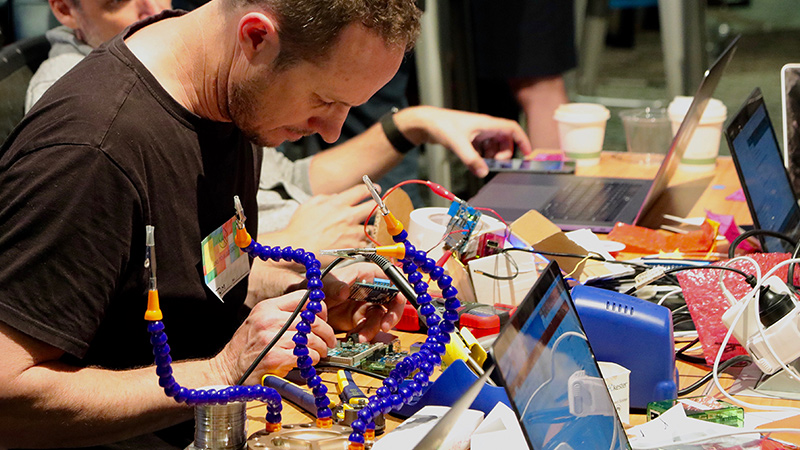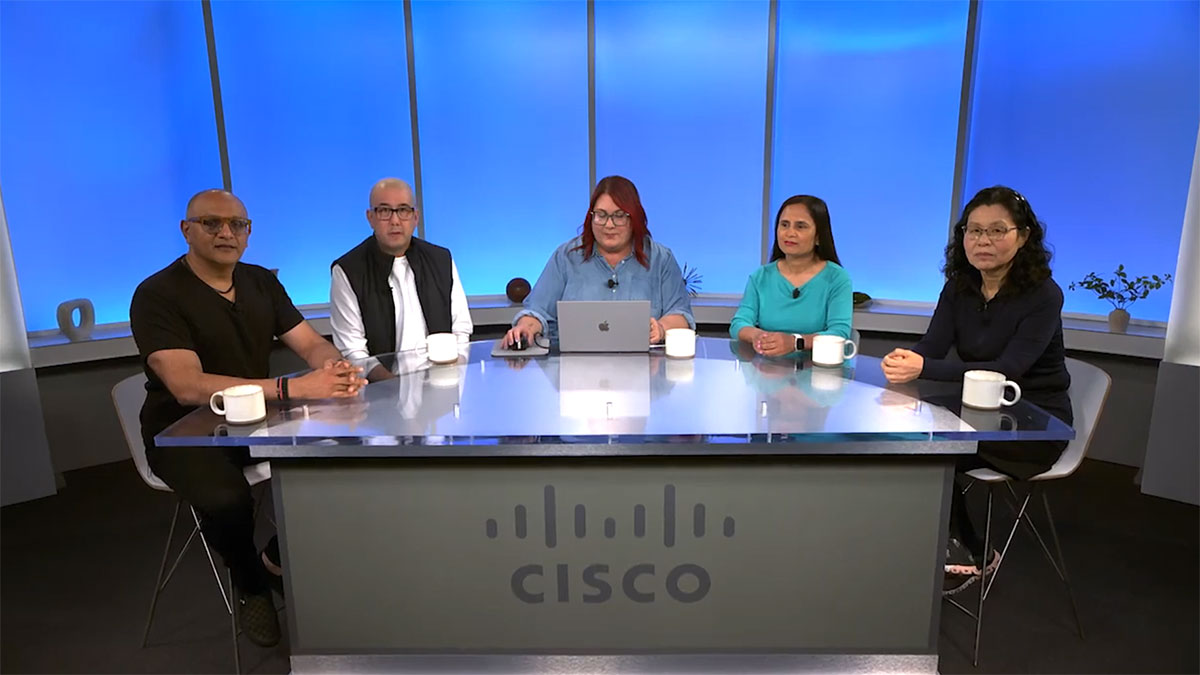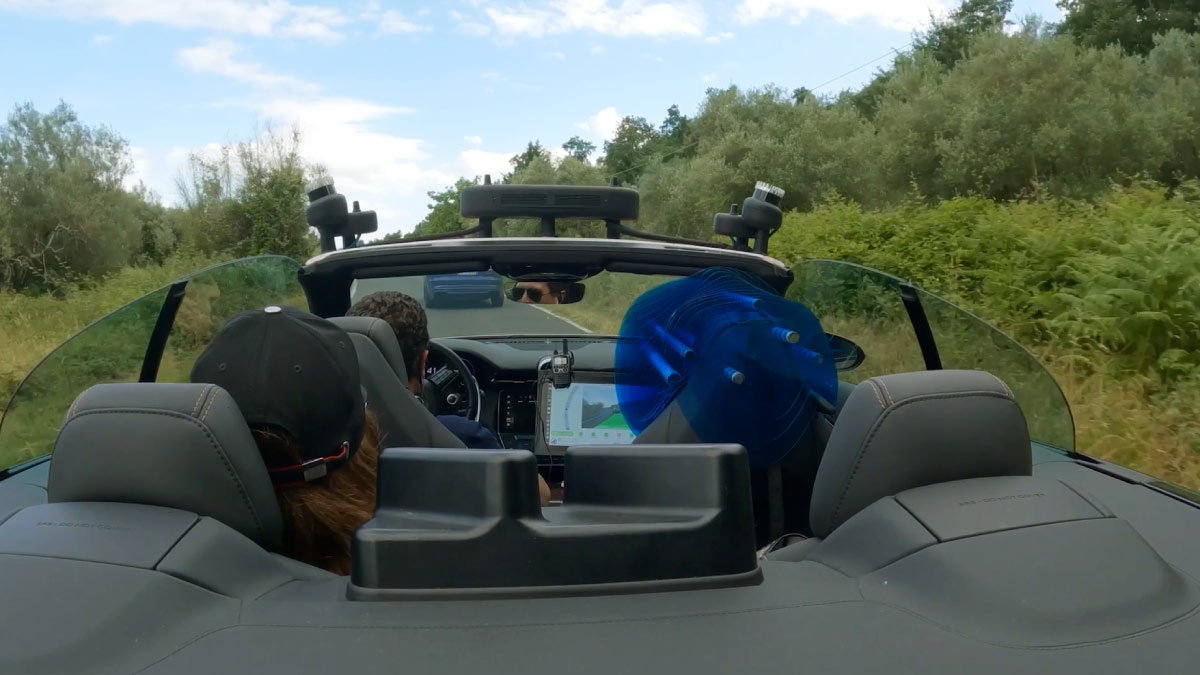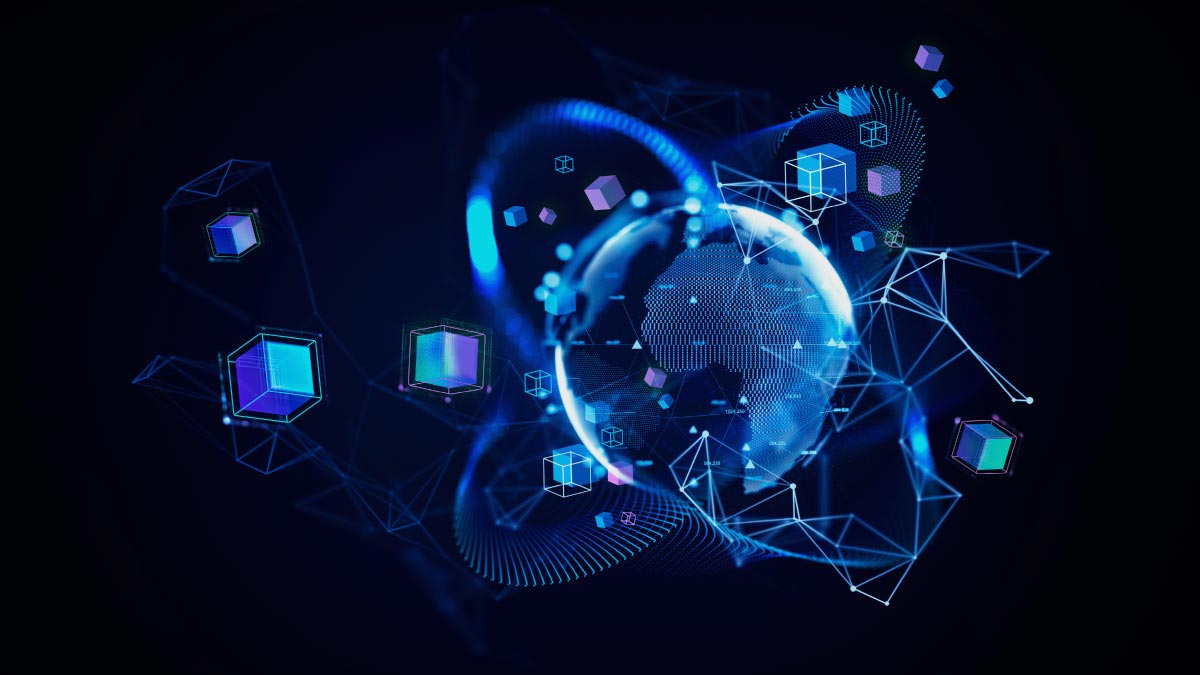The historic Hayes Mansion is a large, white manor that sits atop fresh-cut grass near Cisco’s headquarters in San Jose. Juxtaposed against the mansion’s older quarters is a ballroom full of people brainstorming, ideating, and rapid prototyping about the latest technologies.
Inconspicuous at first, when you first open the large ballroom doors you are met with the buzz of one hundred people. This large group is divided into five different teams, all working for 48-hours on how to solve the most pertinent problems in their industry today. This brainstorming lab is called CHILL, and it’s one of Cisco’s most innovative projects to date, inviting partners and Cisco experts to hone in on an industry and develop next-generation ideas. This year’s lab, “Industry 4.0”, focused on the application of machine learning and IoT technology into the industrial revolution.
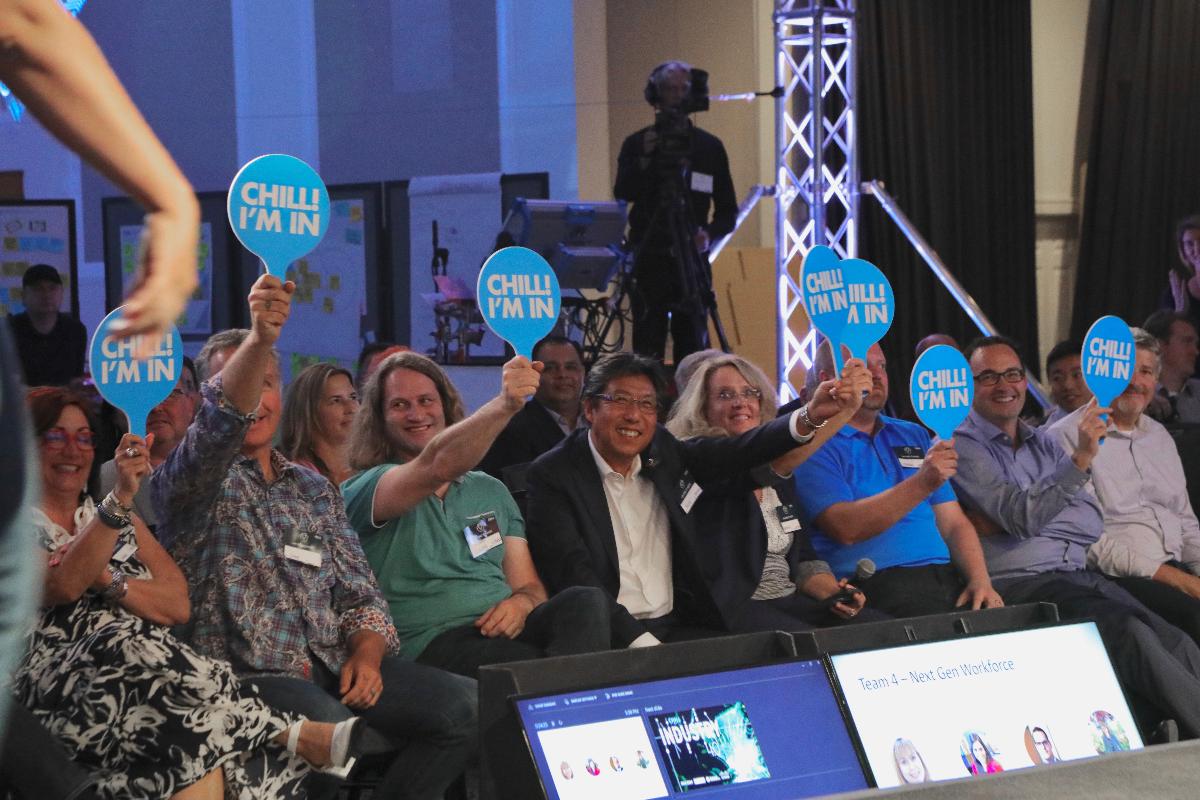
The Hayes Mansion ballroom is outfitted with stage lights and hanging screens which have circuit board imagery projected onto them. Each team has their own pod with boards full of multi-colored post-its, worksheets, and a red tool box. CHILL founder Kate o’Keeffe wears her signature blue boiler suit, a perfect fit for this year’s topic on the industry of the future.
Getting to industry 4.0
CHILL stands for Cisco HyperInnovation Living Labs, and this program is all about co-innovating with Cisco customers to solve the biggest industry challenges. The CHILL team does this by conducting a 48-hour rapid prototyping lab where customers and Cisco leaders are split into different groups, and each group focuses on a different challenge.
Groups are comprised of senior executives, builders and hackers, entrepreneurs, end users, and investors. It’s crucial to include a healthy mix of different people so that the challenges can be seen at all angles. This iteration includes participants from Ricoh, a company with a portfolio that spans across hardware, software, sensors, imaging technologies, and optics. Another customer participant is the largest Australian natural gas producer called Woodside, and industrial automation company Rockwell Automation.
Industry 4.0 lends itself to a cross-industry approach between Cisco, Ricoh, Woodside, and Rockwell. Steam is known as the first industrial revolution, then electricity, and computing—4.0 focuses on connectivity and cognitive capabilities.
See also: The 4th Industrial Revolution- changing the way we live and work
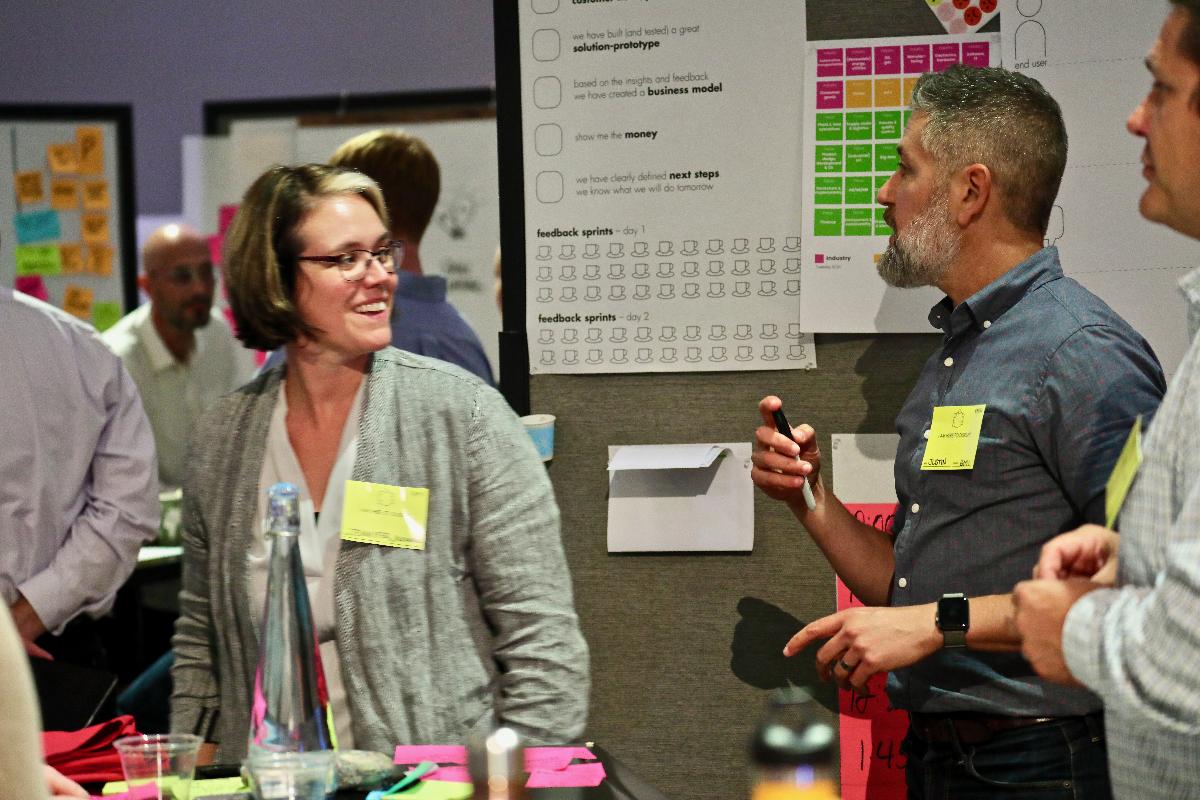
CHILL’s Industry 4.0 lab hones into five focus areas— informed decision making, autonomous automation, enhancing human senses, upskilling and safety, and supply chain.
“We chose those five areas through working with Cisco leadership and with the customers,” says o’Keeffe, “These are the five areas in the Venn diagram of everyone’s’ interests, where a collaborative process could work. Each customer had a co-pilot role in designing this.”
Collaboration between Cisco and its customers is a crucial part of designing CHILL so that everyone gets the maximum chance of business impact.
Chill Industry 4.0 Lab from Cisco Hyperinnovation Living Lab on Vimeo.
“The process has been energizing, very supportive and collaborative,” says Rockwell Automation Innovation Leader Gwenn Peters, “It’s encouraging to have some input into the challenges. All of the conversations have been well intentioned. Every step of the process has been designed to make the lab as successful as possible.”
In terms of Cisco employees, many Cisco CHILL participants are veterans to the process; the innovation just keeps them coming back for more.
“Cisco folks are so passionate about end users,” says o’Keeffe, “Here we are working with real-world examples with folks that are using our technology. We have engineers who have been here three times, they want to see how to make life better for their customers.”
Spaces and places
A lot of CHILL’s charm is in the environment itself. With CHILL labs held in San Francisco’s Palace of Fine Arts, in an industrial malt factory in Berlin, and now in San Jose’s Hayes Mansion, the interior counts for much of the ideating as well. The CHILL team has always been thoughtful about designing the brainstorming space to be more than just a lab. From the circuit boards screens that surround the room to the placement of the teams—everything has a meaning.
“We want to get you out of your normal corporate environment and get you thinking,” says CHILL Head of Prototyping Justin Muller.
The whirring of a green and red machine purrs from the back of the room, where a scene of boxes, pipes, and goggles replicate a real warehouse environment. This is a vignette, or an interactive scene made for brainstorming.
“A lot of the time you get higher quality responses if you replicate the environment,” says Muller, “You get the full, true feedback when there’s a simulation of multiple manufacturing practices.”
The vignettes have also taken on a life of their own. By the end of the first day, one team had taken the green and red machine to incorporate it in their end user conversation.
All about the proto-hype
All prototyping in CHILL indeed happens at a rapid pace—teams can go through 8 to 12 iterations before landing on their chosen idea. At the end of the 48 hours, each group pitches their refined ideas to a panel of executives from participating companies. Four to six prototypes are birthed by the end of the 48 hours.
“At the end of the lab we will have a whole new pipeline to execute,” says o’Keeffe, “We’re all going to invest equally together, we’re all going to share risks together. This is about how we can stack the deck to favor the success of the outcomes.”
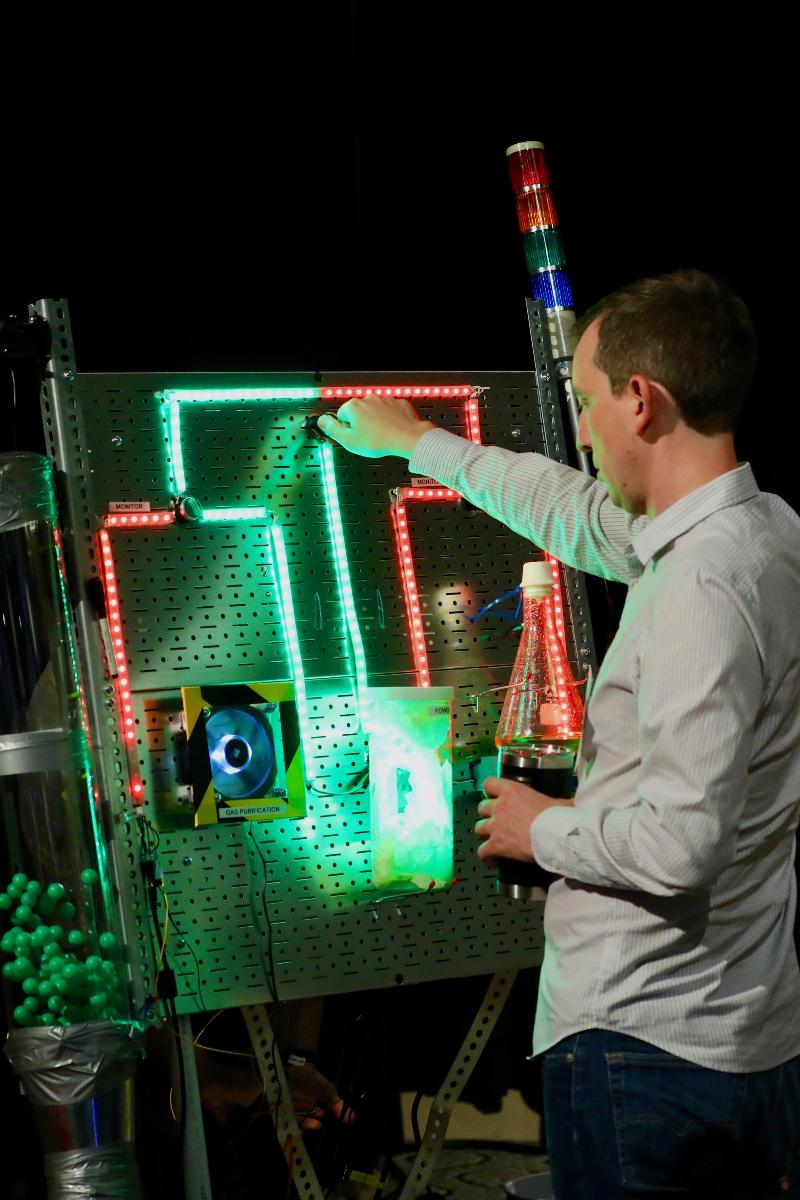
Post Lab, investors nominate project teams that come together to design, test, and validate opportunities leveraging the key interests and capabilities of multiple organizations. The final product will vary depending on the results of the exploration.
See also: Hopper- A story about how Cisco's CHILL made a startup
Solutions can move forward a number of ways from this process. Once validated, they can be handed off to dedicated business units, taken forward as joint projects, or even externally incubated and launched as startups (which CHILL has already done twice).
The learning and journey piece of rapid prototyping seems to be top of mind for all customers involved.
“It’s been great being with these other leaders, learning from different experiences and solving these challenges,” says Peters, “We are looking for both learning and business outcomes— it’s what makes CHILL special. A vehicle like CHILL seems to work when the challenges are big enough that not one company can solve on their own. Partnering is necessary.”
“If I could bring something into our culture, this is the kind of thinking I would infuse,” says Ricoh VP of Portfolio Marketing and Strategy Natalie Schubert, “The rapid prototyping. The best thing that could happen out of CHILL is innovating on a new offering or designing a patent. The worst thing? Teaching our leaders that things can be rapidly developed with end users live in corporate America. This is how you change the future–you have to be comfortable with being uncomfortable.”
The next CHILL revolution
The CHILL process has proven time and again to be successful. So far, CHILL has led to two startups, seven patent applications, and more than 20 internal growth initiatives as of late 2018. The CHILL team also now falls under the leadership of Dave Ward, Cisco’s CTO of Engineering and Chief Architect (CTAO).
“What we’re looking to do is help people transform their business based on turnkey solutions that we build together,” says Ward, “We have to co-innovate with customers and partners at the same time, and one way is through CHILL labs. We are trying to catalyze at our Co-innovation centers and with our engineering teams to create industry 4.0 solutions.”
“This is truly a cross-Cisco initiative—we have people from Sales, IoT, Customer Experience, Operations, Engineering, and more,” says o’Keeffe, “This is an all-Cisco show. Everybody is involved. CHILL is about convening the customer partnerships and relationships that help us to innovate together. I’m happy to be able to be a force multiplier for the innovators.”
###
We welcome the re-use, republication, and distribution of "The Network" content. Please credit us with the following information: Used with the permission of http://thenetwork.cisco.com/.
